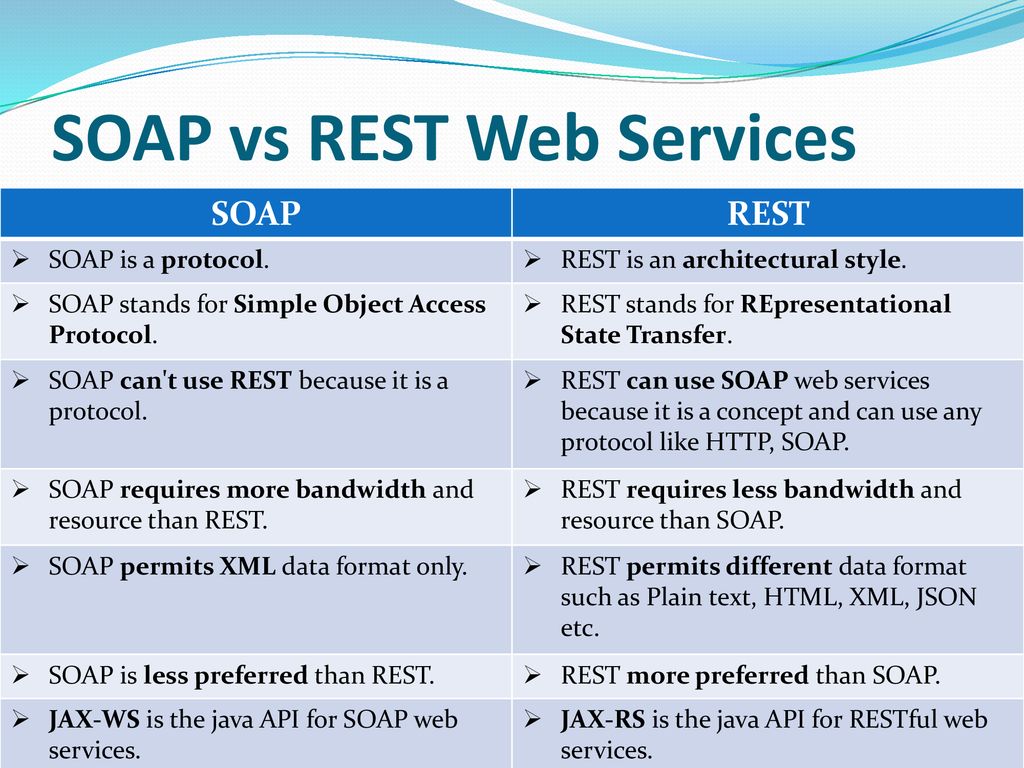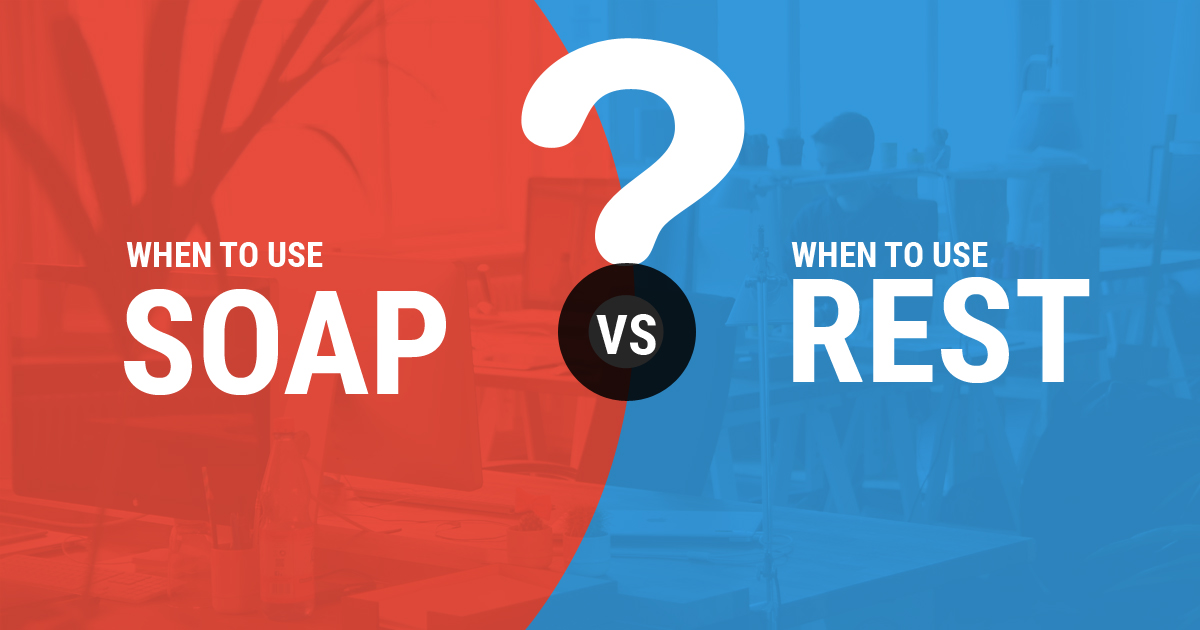What is SOAP? A Deep Dive into Simple Object Access Protocol
SOAP, or Simple Object Access Protocol, is a messaging protocol that enables communication between distributed systems using XML format. It is platform-independent and language-agnostic, allowing different software applications to exchange information seamlessly. SOAP is built on four key components: message format, message envelope, message transmission protocol, and message processing rules.
SOAP messages are enclosed in a SOAP envelope, which defines the structure of the message and includes a mandatory SOAP header and a SOAP body. The header may contain application-specific information, while the body contains the actual data being exchanged. SOAP relies on standard protocols such as HTTP, SMTP, TCP, or UDP for data transmission, ensuring interoperability between different systems.
One of the critical aspects of SOAP is the use of the Web Services Description Language (WSDL) for service description. WSDL is an XML-based language that provides a standardized way to describe the functionality offered by a web service, including the methods, parameters, and data types. This enables developers to create SOAP clients that can interact with various SOAP-based web services with ease.
Exploring REST: Representational State Transfer
REST, or Representational State Transfer, is an architectural style for designing networked applications. It leverages existing HTTP methods (GET, POST, PUT, DELETE) to create a stateless, cacheable, and scalable communication mechanism between clients and servers. RESTful services are lightweight and easy to implement, making them a popular choice for web and mobile applications.
In REST, resources are identified by unique URLs, and data is transmitted in either JSON or XML format. JSON is often preferred for its lightweight nature and ease of use with modern programming languages. REST relies on a uniform interface, enabling clients to interact with resources using a consistent set of methods and conventions.
A RESTful service exposes a collection of resources, each with a unique identifier (URI). Clients can perform CRUD (Create, Read, Update, Delete) operations on these resources using standard HTTP methods. For example, a client can retrieve a resource by sending a GET request to the corresponding URI, or update a resource by sending a PUT request with the updated data.
One of the key benefits of REST is its flexibility. Developers can design RESTful services to fit their specific use cases, allowing for a wide range of customization and optimization. Additionally, RESTful services can be easily cached, reducing the number of requests and improving overall performance.
Key Differences: SOAP vs. REST
SOAP and REST are two popular approaches to building web services, each with its unique advantages and trade-offs. Here are some key differences between SOAP and REST:
- Message Format: SOAP messages are XML-based, while REST messages can be in either JSON or XML format. XML is more verbose and heavier than JSON, making REST generally more lightweight and efficient for data transmission.
- Use of Standards: SOAP relies on standard protocols such as HTTP, SMTP, TCP, or UDP for data transmission, while REST leverages the HTTP protocol and its methods (GET, POST, PUT, DELETE) for resource manipulation. REST’s reliance on HTTP methods makes it more straightforward and easier to implement.
- Performance: REST is considered more performant than SOAP due to its lightweight communication and caching capabilities. However, SOAP’s support for reliable messaging and transactions can be beneficial in specific scenarios, such as enterprise applications.
- Security: SOAP provides built-in security features, such as WS-Security, which offer message-level encryption, digital signatures, and authentication. REST, on the other hand, relies on HTTPS for secure data transmission and can implement additional security measures like OAuth or JWT for authentication and authorization.
- Flexibility: REST is more flexible than SOAP, allowing developers to design services tailored to their specific use cases. SOAP, however, adheres to a more rigid structure, making it less adaptable but more suitable for certain scenarios, such as tightly-coupled systems or complex data processing.
Choosing between SOAP and REST depends on the project requirements, such as data complexity, security needs, and cross-platform compatibility. Both SOAP and REST have their place in modern web development, and understanding their differences can help developers make informed decisions when designing web services.
How to Choose: SOAP or REST?
Selecting the right web service approach depends on the project requirements and constraints. Here are some guidelines to help developers choose between SOAP and REST:
- Data Complexity: If the data being exchanged is complex and requires a high level of structure, SOAP might be a better choice due to its XML format and support for schemas. However, if the data is relatively simple, REST’s JSON or XML format can be sufficient.
- Security Needs: If the project requires advanced security features, such as message-level encryption, digital signatures, or reliable messaging, SOAP might be more suitable. REST can still provide adequate security using HTTPS, OAuth, or JWT, but it may require additional effort to implement these features.
- Cross-Platform Compatibility: REST is generally more cross-platform compatible than SOAP because it relies on standard HTTP methods and can transmit data in either JSON or XML format. SOAP, on the other hand, requires more specific client implementations due to its XML format and WSDL service description.
- Performance: If performance is a critical factor, REST is usually the better choice due to its lightweight communication and caching capabilities. However, if the project requires reliable messaging or transactions, SOAP might be more appropriate, despite its heavier message format.
- Flexibility: REST offers more flexibility in designing services tailored to specific use cases, while SOAP adheres to a more rigid structure. Developers should consider the trade-off between adaptability and standardization when choosing between the two approaches.
Ultimately, understanding the project requirements and constraints is essential when deciding between SOAP and REST. Both approaches have their place in modern web development, and developers should choose the one that best fits their specific use case.
Real-World Applications: Successful Use Cases of SOAP and REST
Both SOAP and REST have been successfully implemented in various industries, showcasing their unique strengths and advantages. Here are some examples:
SOAP Use Cases
SOAP is often preferred in scenarios where security, reliability, and complex data processing are essential. For instance:
- Finance and Banking: SOAP is widely used in the finance and banking sectors due to its robust security features and support for reliable messaging. It enables secure transactions and data exchange between different financial institutions and applications.
- Healthcare: SOAP is commonly used in healthcare systems for exchanging electronic health records (EHRs) and other sensitive patient data. Its support for standard protocols, such as HTTP and SMTP, ensures secure data transmission and integration with various healthcare systems.
REST Use Cases
REST is popular in scenarios where lightweight communication, caching, and cross-platform compatibility are essential. For example:
- Web and Mobile Applications: REST is widely used in web and mobile applications due to its lightweight communication and ease of implementation. It enables seamless data exchange between client and server, improving application performance and user experience.
- Internet of Things (IoT): REST is a common choice for IoT applications due to its simplicity and cross-platform compatibility. It allows various IoT devices to communicate and exchange data efficiently, regardless of their underlying hardware or software.
By understanding the unique strengths and advantages of both SOAP and REST, developers can make informed decisions when designing web services for various industries and scenarios.
The Future of Web Services: SOAP and REST Evolution
As technology advances, both SOAP and REST continue to evolve, adapting to new trends and requirements in modern web development. Here are some future trends and advancements to keep an eye on:
SOAP Evolution
While SOAP has been around for a long time, it continues to be relevant in specific use cases. Future advancements in SOAP may include improved performance, better security features, and tighter integration with other web service protocols.
REST Evolution
REST has been gaining popularity due to its simplicity and flexibility. Future trends in REST may include better support for real-time data transmission, improved caching mechanisms, and enhanced security features. Additionally, RESTful APIs may continue to become more standardized, enabling easier integration and interoperability between different systems.
Emergence of GraphQL and gRPC
Besides SOAP and REST, new web service approaches have emerged, such as GraphQL and gRPC. GraphQL is an open-source query language developed by Facebook that allows clients to define the structure of the data they need, enabling more efficient data retrieval and reducing over-fetching or under-fetching of data. gRPC is a high-performance, open-source RPC framework developed by Google that uses Protocol Buffers as the message format, providing faster data serialization and deserialization than JSON or XML.
As web services continue to evolve, developers should stay informed about new trends and advancements, enabling them to choose the best approach for their specific use cases. Understanding the differences and similarities between SOAP and REST is essential, but it’s equally important to be aware of emerging alternatives that may better suit certain projects.
Conclusion: Bridging the Gap Between SOAP and REST
In the world of web services, both SOAP and REST have their place, and understanding their key differences and similarities is crucial for modern web developers. While SOAP offers a more rigid, standardized approach with advanced security features and reliable messaging, REST provides a lightweight, flexible alternative with simpler communication and easier integration.
When deciding between SOAP and REST, developers should consider their project requirements, such as data complexity, security needs, and cross-platform compatibility. Both approaches have their strengths and weaknesses, and choosing the right one depends on the specific use case.
As technology advances, web services continue to evolve, with new trends and advancements emerging, such as GraphQL and gRPC. Staying informed about these developments is essential for developers to make the best decisions for their projects and ensure seamless communication between systems.
In conclusion, SOAP and REST each serve a purpose in modern web development. By understanding their differences and similarities, developers can bridge the gap between these two approaches and leverage their unique features to build efficient, secure, and interoperable web services.







